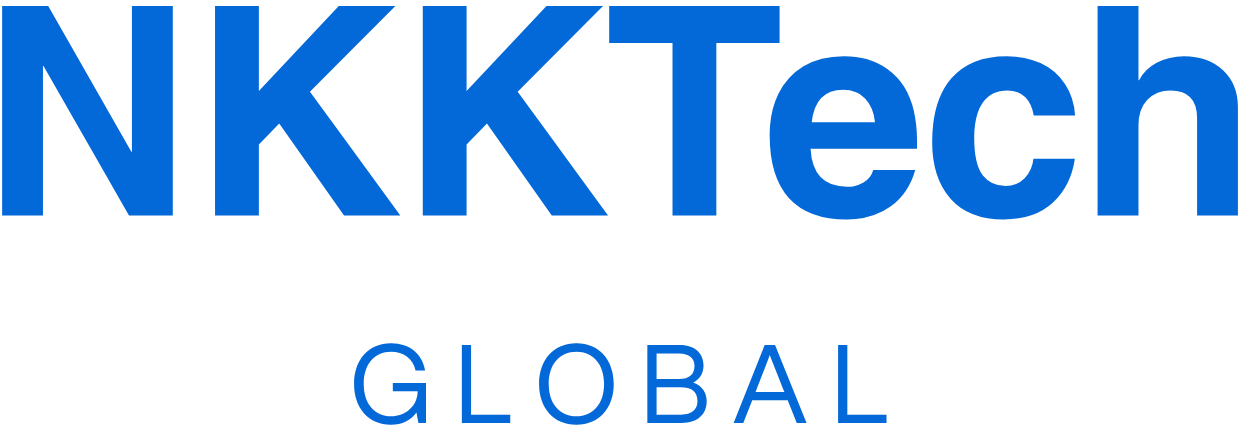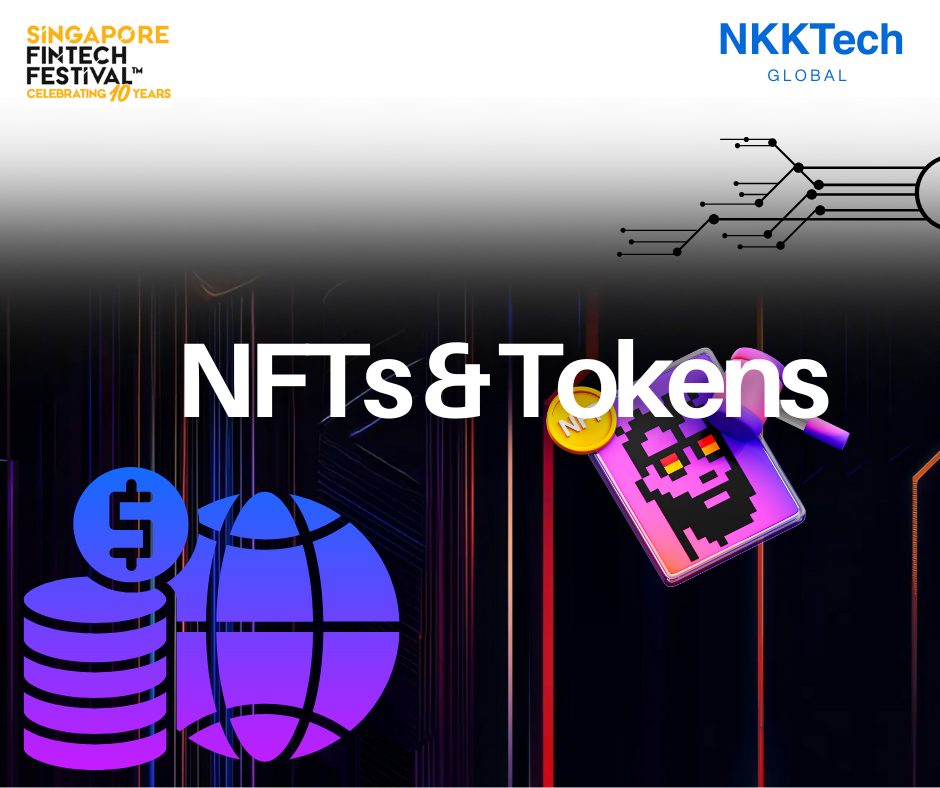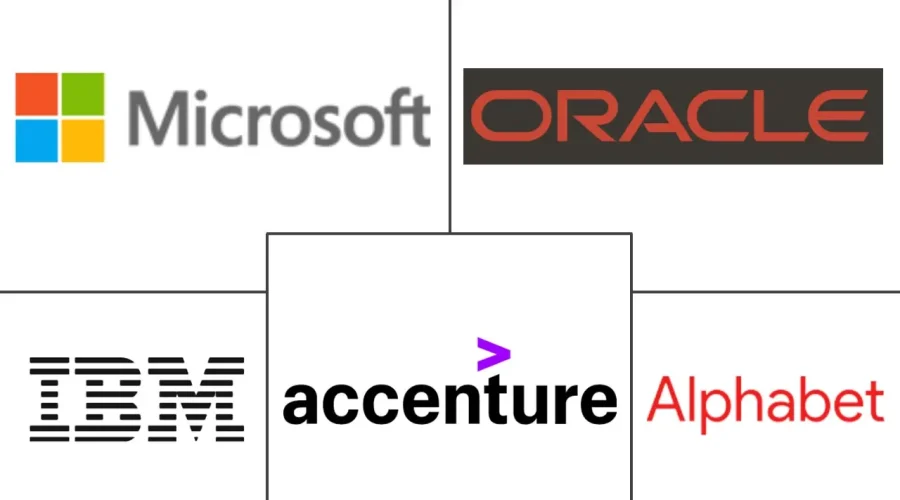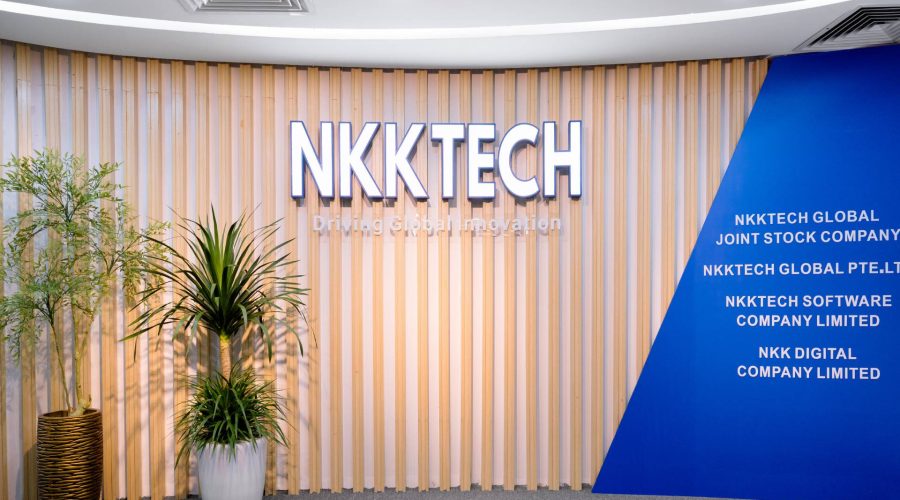From the perspective of an AI company, NKKTech Global outlines how enterprises can apply Digital Assets, NFTs & Tokens to digitize ownership, streamline operations, and expand revenue models. This guide focuses on execution, compliance, and measurable ROI.
1) Concepts & Foundations
- Digital Assets: Data-based items with value that can be stored, exchanged, and whose ownership can be verified.
- Tokenization: Converting (digital or physical) assets into tokens on a blockchain to program rights, enable transactions, and provide traceability.
- Fungible Token (FT): Interchangeable units (loyalty points, credits, stablecoins).
- Non-Fungible Token (NFT): Unique, one-to-one representation (certificates, tickets, per-serial warranties, rare collectibles).
2) When to Use FT vs. NFT
- Choose FT when you need large volumes, divisibility, and frictionless exchange (loyalty, internal payments, utilities).
- Choose NFT when you require uniqueness and provenance (attestations, gated access, scarce assets).
3) Common Token Standards
- ERC-20 (FT): Points, utility tokens, micro-payments.
- ERC-721 (single NFT): One-to-one asset ownership; clear provenance and simple operations.
- ERC-1155 (multi-token): FT and NFT in one contract; ideal for large collections and lower fees.
- Soulbound / Verifiable Credentials (SBT/VCs): Identity-linked, typically non-transferable credentials (KYC, training records).
4) Seven High-Impact Enterprise Use Cases
- Certification & Warranty: NFT per serial; anchor invoices/repair logs with on-chain hashes.
- Loyalty & Community: FT for points; NFTs for membership, gated content, priority access.
- Ticketing & Events: Anti-fraud/scalping, fast check-in, post-event airdrops and rewards.
- Digital Content & Royalties: Automated revenue sharing via smart contracts; granular usage rights.
- Supply Chain & Traceability: Item/lots as tokens; transparent multi-party reconciliation.
- RWA (Real-World Assets): Tokenize invoices/physical assets to unlock liquidity and shorten the cash cycle.
- Cap Table & Employee Benefits: Transparent vesting/lockups for equity and internal reward systems.
5) Reference Architecture (Data → Blockchain)
- Data & AI Layer: Integrate ERP/CRM/DWH; use AI for asset classification, document extraction, fraud detection, and pricing of digital items.
- Smart Contracts: Roles/permissions; mint/burn/transfer; royalty/fee models; vesting; timelocks for privileged ops.
- Blockchain Stack: Public L1/L2 (Ethereum/Polygon/Arbitrum) or private/permissioned depending on compliance and cost.
- Wallets & Custody: Enterprise custody/MPC, multi-sig; role-based access across departments.
- Applications: Admin portal, internal marketplace, SDKs/APIs to integrate with existing systems.
6) Security & Compliance Essentials
- Key Management: MPC/HSM, regular key rotation, least-privilege access.
- Contract Audits: Validate sensitive flows (mint/burn/upgrade/owner), add timelocks/guardrails.
- KYC/AML & Data Protection: Regional policies; PII encryption; off-chain storage (IPFS/S3) with on-chain hashing.
- Operations & Risk: On-chain monitoring, anomaly alerts, incident playbooks, DR/BCP plans.
7) Costs & KPIs to Track
- Costs: Gas (optimize via L2/sidechains and batching), custody/monitoring, audits & maintenance, system integration.
- KPIs:
- Loyalty: redemption rate, wallet MAU, CAC/LTV by NFT/FT cohort.
- Certification/Warranty: claim reduction, processing time, fraud detection rate.
- Ticketing: check-in success rate, post-event upsell/airdrop revenue.
- RWA: cash conversion cycle, reconciliation costs, issuance/settlement speed.
8) Lean, ROI-Focused Rollout
- Discovery & Use-Case Selection: Prioritize 1–2 “monetizable” problems (loyalty or certification).
- Minimal Viable Design: Pick token standards, permissions, royalty/fee policy, KYC/AML workflow.
- PoC (2–4 weeks): Limited issuance, internal wallets, KPI dashboard; real data in a narrow scope.
- Controlled Pilot: Expand users, enforce guardrails, complete security audit.
- Go-Live & Continuous Improvement: Ongoing on-chain monitoring, fee optimization, automated ops and reporting.
9) Where AI Makes the Difference
- Real-time risk scoring and anomaly detection for transactions and wallets.
- Segmentation & offer recommendations based on ownership and behavior.
- Pricing & bundling for digital items using demand/scarcity signals.
- Document extraction (invoices, warranties) to mint/verify certification NFTs automatically.
10) Quick FAQ
- Do users need self-custody? Not necessarily—custodial/SSO flows can abstract keys while preserving standardized ownership.
- Is regulation complex? It depends on asset class and jurisdiction; distinguish utility from securities and implement KYC/AML.
- Are gas fees high? L2/sidechains, ERC-1155, and batched transactions reduce costs significantly.
- Are NFTs only for art? No. They fit warranties, credentials, tickets, provenance, and production records.
Conclusion
Digital Assets: NFTs & Tokens enable programmable ownership, transparency, and new channels for customer engagement. With system-integration experience and AI company capabilities, NKKTech Global supports enterprises from architecture and smart-contract development to operations, monitoring, and ROI measurement.




